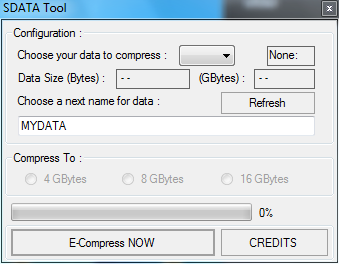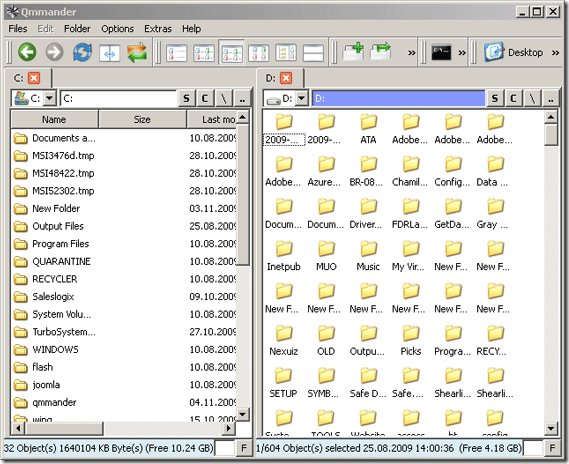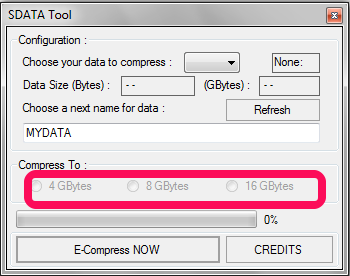


This semantic layer allows non-technical users to create their own charts, without writing SQL.

Holistics allows Data teams to define metrics once at the semantic (data modelling) layer, without repeating themselves or re-writing SQL queries. For more information on how Holistics work, check out the mechanisms. It works similar to Metabase in a way that it allows you to map your database tables into models and relationships, and expose this to the end business users to "self-service explore". Holistics is a nice BI alternative to Metabase. Top 4 Metabase Alternatives Overview of Metabase alternativesĪccessible to non-tech users: can users create their own charts without any help from the data team? At the end of the post we also include a list of tools that is only designed for technical users, SQL-to-chart translation. The below list of options are only tools that eventually offer a drag-and-drop interface to end users. So depending on your needs you might be able to pick the right option to replace, or use alongside with Metabase. In this post, we'll share with you a few alternative options to that, and tell you which pain points of Metabase each of these alternative addresses. With Metabase, you can only work directly with your database tables because everything in Metabase is designed for simplicity.If you have data from multiple sources, Metabase likely won't work well for you since it doesn't allow joining of data.



 0 kommentar(er)
0 kommentar(er)
